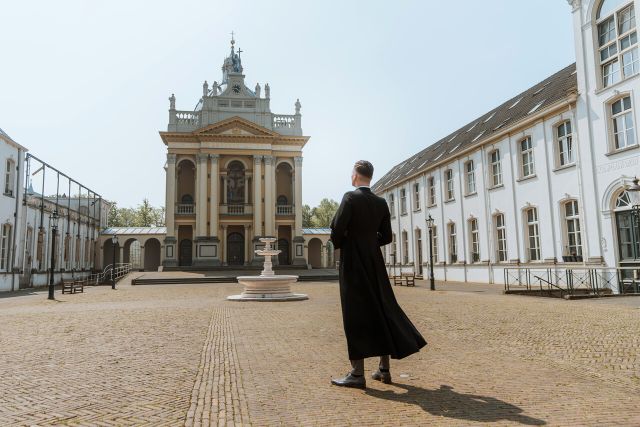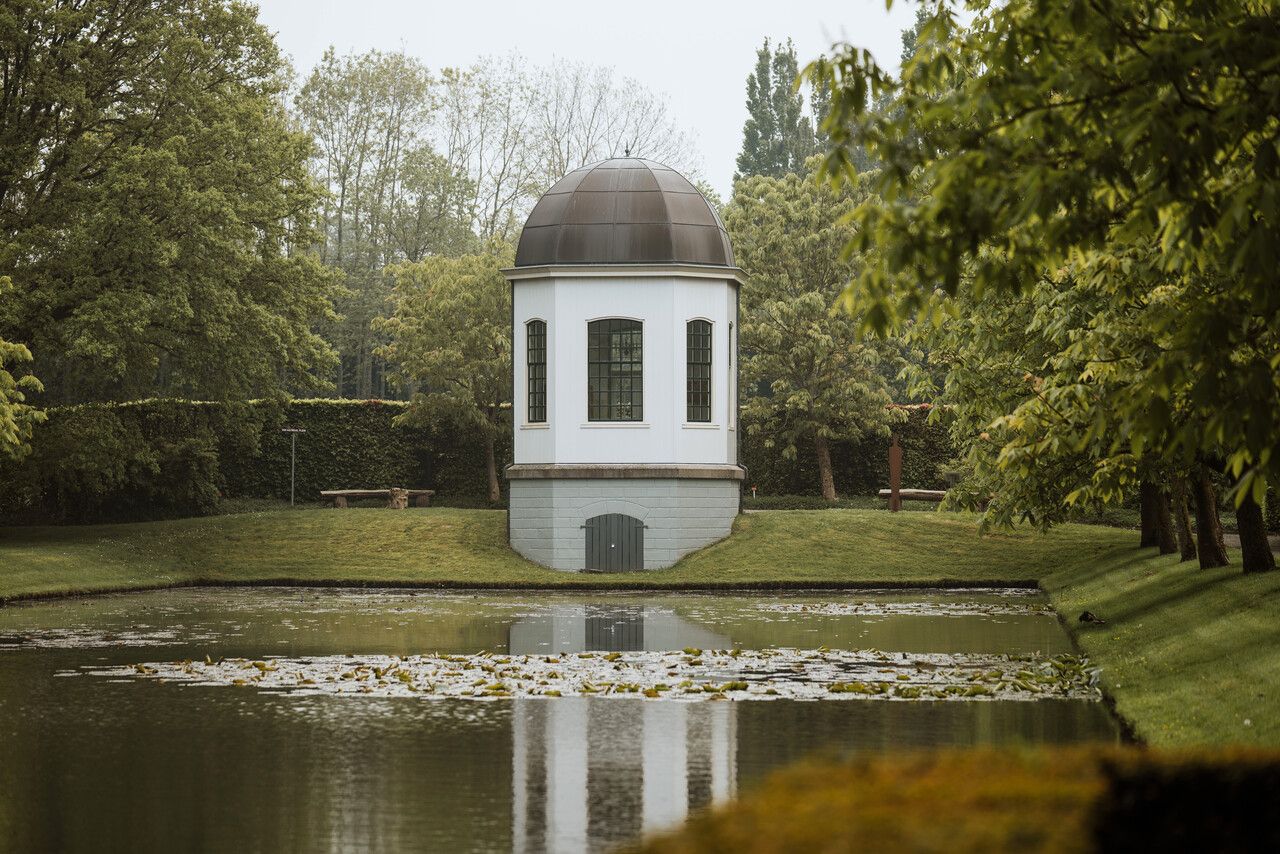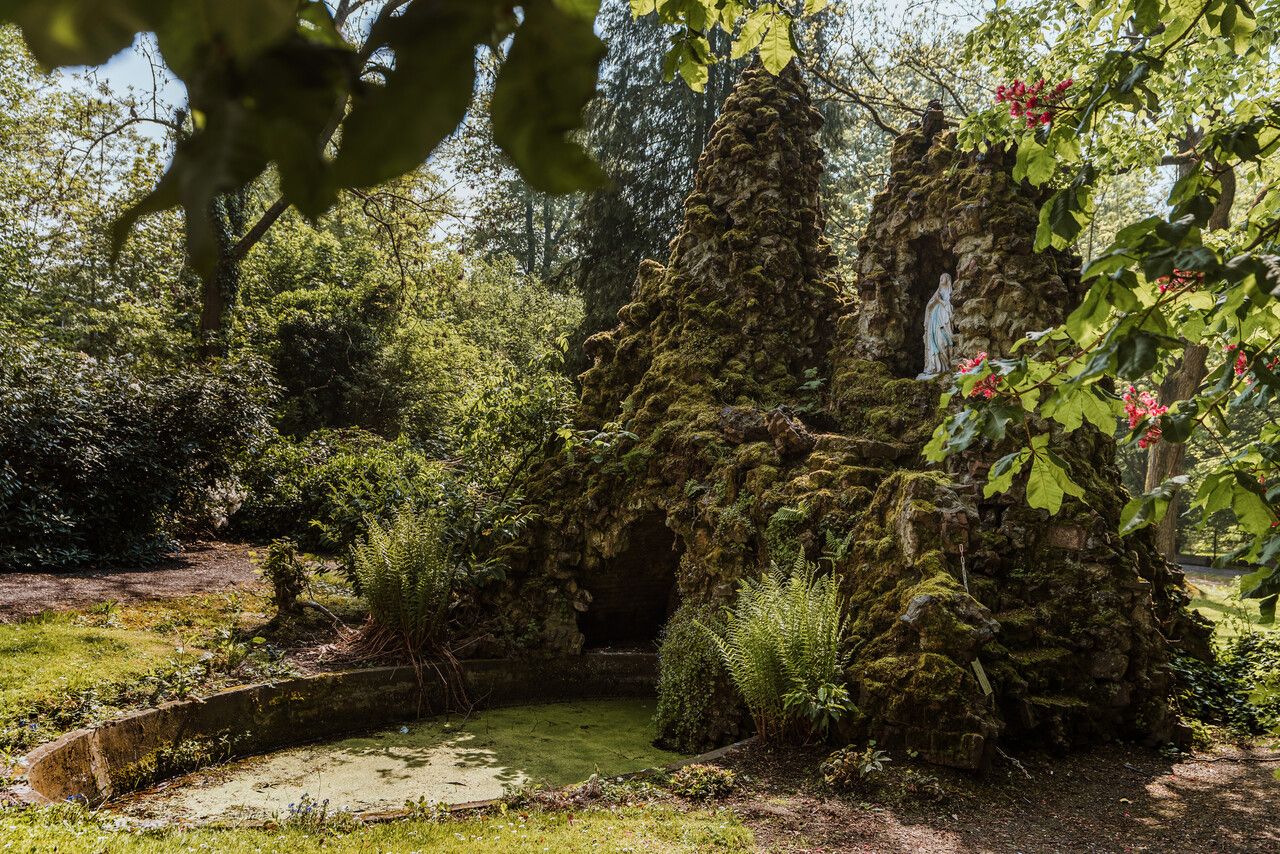The nine marvels of Oudenbosch’s walking tour
Walk through Oudenbosch using this route of 2.5 kilometres and discover the history through nine unique marvels.
Starting point: from your location
Show all 8 photos
This city walk, 2.5 kilometres long, takes you past the nine Oudenbosch marvels of Roman grandeur. Begin with the impressive Basilica and be amazed by what else Willem Hellemons wants to show you of Oudenbosch. Discover the hidden square of Saint Louis and imagine yourself at Saint Peter’s Square, or enjoy the greenery in the Arboretum botanical garden. Discover more about Oudenbosch and visit the affiliated museums along the route. End your walk at one of the charming cafes or restaurants at Jan Gielenplein, the Market or the Jezuïetenplein (Jesuit Square).
About Oudenbosch and the surrounding area
History lingers in the air here. The immense basilica with its dome, the square, the statues ... they immediately bring forth images of distant Rome. People in the little town of Oudenbosch think big and work hard. They worked and fought – for the church and…
This city walk, 2.5 kilometres long, takes you past the nine Oudenbosch marvels of Roman grandeur. Begin with the impressive Basilica and be amazed by what else Willem Hellemons wants to show you of Oudenbosch. Discover the hidden square of Saint Louis and imagine yourself at Saint Peter’s Square, or enjoy the greenery in the Arboretum botanical garden. Discover more about Oudenbosch and visit the affiliated museums along the route. End your walk at one of the charming cafes or restaurants at Jan Gielenplein, the Market or the Jezuïetenplein (Jesuit Square).
About Oudenbosch and the surrounding area
History lingers in the air here. The immense basilica with its dome, the square, the statues ... they immediately bring forth images of distant Rome. People in the little town of Oudenbosch think big and work hard. They worked and fought – for the church and the pope, for proper education and for care of the poor. History is also be to found in the surrounding villages of Bosschenhoofd, Hoeven, Oud Gastel and Stampersgat. Would you like to explore more? Go to visithalderberge.com and be inspired!
Finding the way with numbered junctions
This walking route has been set out using the numbered junction network in Brabant. Simply follow the route via the signposted junctions, from one number to the next. There are also signposts between the junctions to help you find your way.
-
Signposting
Simply follow the signs and walk along the route from one numbered junction to the next.
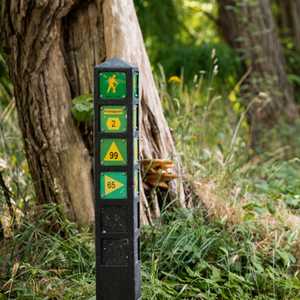
Signposting
Simply follow the signs and walk along the route from one numbered junction to the next.

-
Hotline routes
Hotline routesIf there is something wrong on the route, report it here.
Sights on this route
Oudenbosch Basilica
‘You don’t know whether you're in the Netherlands or in Rome. Truly impressive,’ declared one surprised visitor to Oudenbosch Basilica.
Starting point:
Markt 574731 HN Oudenbosch
Navigate to starting point

Saint Anna Oudenbosch
The convent was founded in 1837 by Willem Hellemons, the parish priest of Oudenbosch, for the Franciscans, a sisterhood from Roosendaal.
Starting point:
Sint Annastraat4731 GP Oudenbosch
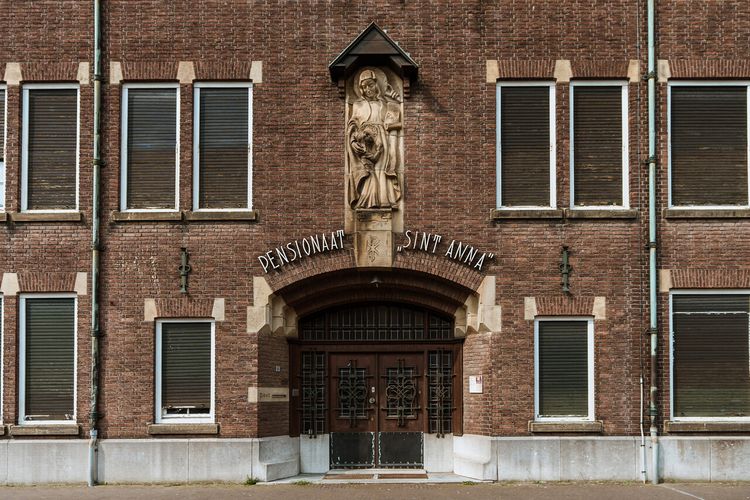
Oudenbosch Harbour
Oudenbosch harbour owes its existence to the production of peat.
Starting point:
Kade4731 LZ Oudenbosch
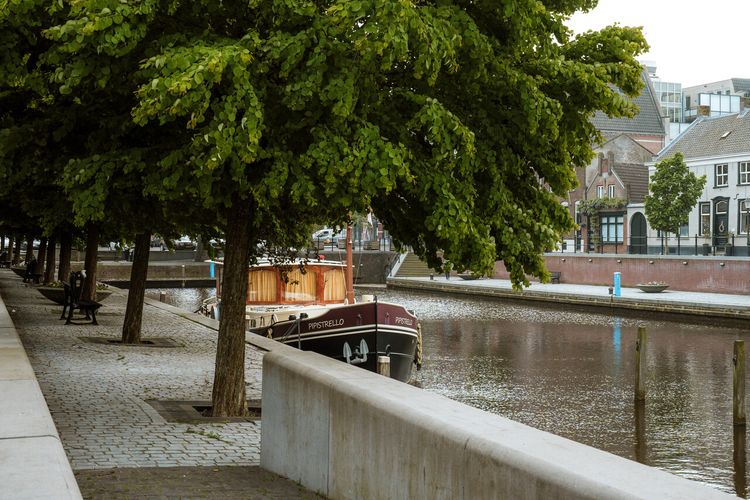
Napoleon Chapel
This church building for the Protestant Community in Oudenbosch was constructed in 1819.
Starting point:
fenkelstraat 244731 JA Oudenbosch
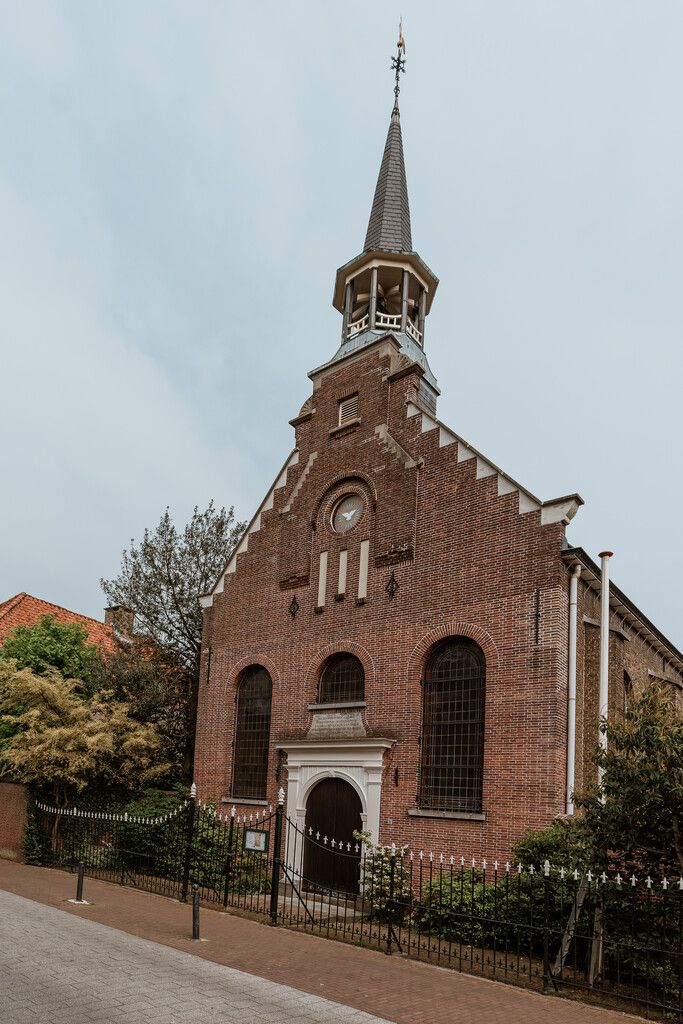
Saint Louis Oudenbosch
A school courtyard with a Roman ambiance.
Starting point:
Saint Louisplein 504731 PK Oudenbosch

Brothers' Cemetery
A cemetery was established for the brothers of the Saint Louis institute in 1890.
Starting point:
Achter 't Postkantoor4731 GN Oudenbosch

Botanical garden Oudenbosch Arboretum
You can find this wonderful botanical garden - about 2500 hectares full of interesting trees and plants - directly opposite the HH Agatha et Barbara Basilica, which is a copy of St. Peter's in Rome.
Starting point:
Achter 't Postkantoor 14731 PM Oudenbosch
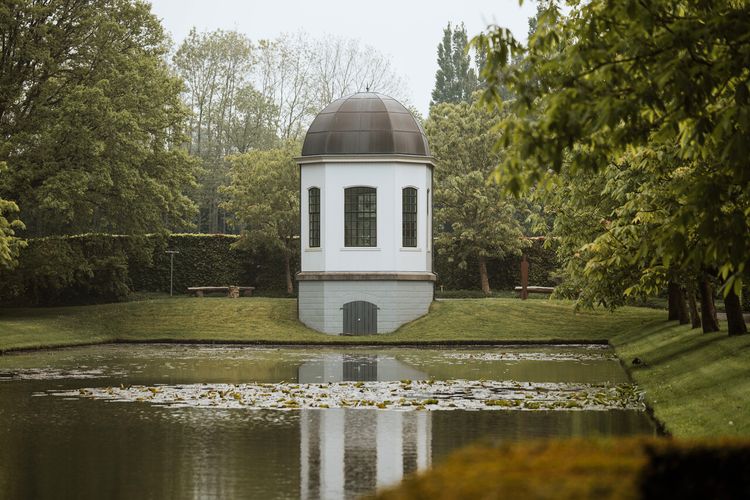
Botanical garden Oudenbosch Arboretum
Botanical garden Oudenbosch Arboretum
Achter 't Postkantoor 1
4731 PM Oudenbosch
Jesuit college
A Latin college was founded on the Markt in around 1830, and in 1839 the college was taken over by the apostolic vicariate of Breda.
Starting point:
Jezuietenplein 334731 HX Oudenbosch
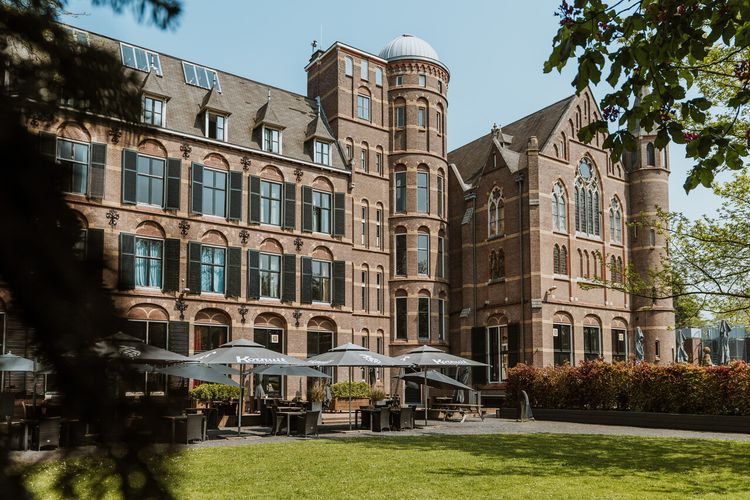
Oudenbosch Station
The station in Oudenbosch was opened in 1854, which makes it the second oldest railway station in the Netherlands.
Starting point:
4731 GM Oudenbosch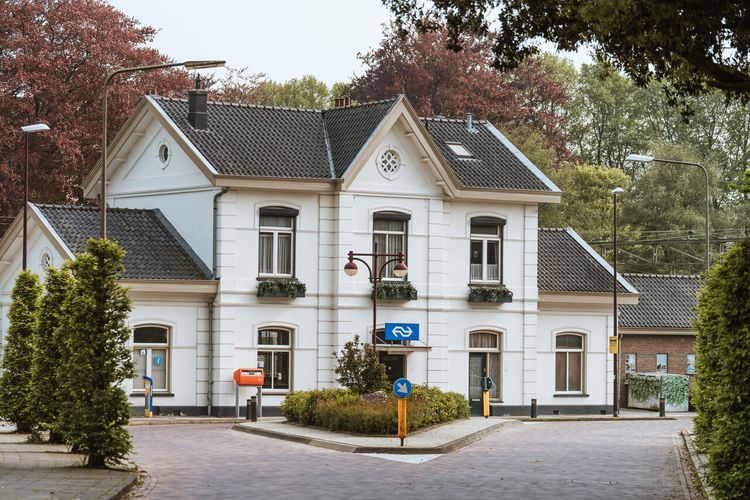
Sisters’ Cemetery
There is a lovely impression of life in a religious order at the St Anna cemetery (on the Franciscuslaan).
Starting point:
FranciscuslaanOudenbosch

Oudenbosch Basilica
‘You don’t know whether you're in the Netherlands or in Rome. Truly impressive,’ declared one surprised visitor to Oudenbosch Basilica.
Starting point:
Markt 574731 HN Oudenbosch
Navigate to endpoint

Story of the route
Oudenbosch Basilica
‘You don’t know whether you're in the Netherlands or in Rome. Truly impressive,’ declared one surprised visitor to Oudenbosch Basilica.
Starting point:
Markt 574731 HN Oudenbosch
Navigate to starting point

“My own parish. Yes, that would be wonderful. Pleased to meet you. My name is Willem. Willem Hellemons. I’ve just returned from Rome, where I was an apprentice at the Order of Cistercians for four years. And, yes, what I witnessed there caused my heart to beat considerably faster. And my own parish? That would be Oudenbosch. Why not? After all, all roads lead to this village. History has demonstrated that. Did you know that Napoleon himself once arrived here by carriage?”
32 years old, and serving as a brand new priest in Oudenbosch. Proud as a peacock, that Hellemons. Oudenbosch is familiar ground to him: he was born in Roosendaal, less than ten kilometres to the southwest. On a cold Monday morning, standing in front of the mirror in his room, he put his arms into the sleeves of his black soutane for the first time. He meticulously buttoned his shirt and brushed some lint from his chest. Using two fingers, he adjusted the familiar white priest’s collar around his neck. Then he pulled up his sleeves: there was work to be done!
“I will build a new church for this village. And not just any church. No, this church will be a full-blown copy of the Saint Peter’s Basilica in Rome that I love so much!” Hellemons rubbed his hands with glee. “A large dome, with a modest neoclassical front porch … yes, I can see it now,” he said dreamily while wandering through the streets of Oudenbosch.
Oudenbosch quickly worked its way into Hellemons’ heart. This place needs a church, he thought. But it needs more than just a church. “Oudenbosch was always a place for tradesmen and businesses – and yet people are having a hard time.” Looking around, he thought to himself: “This has to change.” Because he knew that this village had much more to offer. Ever since St. Elizabeth's flood (a disastrous flood some six hundred years ago), Oudenbosch has been located very strategically on a navigation course, with an inland sea and a ferry between Dordrecht and Oudenbosch. Bridges over the major rivers did not exist in Hellemons’ day. “See? All roads lead to Oudenbosch – over the water as well.”
“Education and upbringing: that is what we need to offer to young people! Ultimately, that is what will lift up the entire village.” With these words, the plans for the Saint Louis Boys School and Saint Anna Girls School were born. “And, yes,” Hellemons continued to dream, “of course, we will give the architecture of that building and its schoolyard that typical Roman allure.”
Hellemons knew perfectly well that his plans for Catholic education in Oudenbosch were not new. About ten years before he took office as priest, the Jesuits had established a Latin college here. An extraordinary detail: this Jesuit house also contained a planetarium. “It’s high time for that fertile ground for education to be expanded to include the ordinary boy and man.”
Great plans do not arise from nothing. Hellemons really wanted to take time for reflection and prayer. Sometimes he did that inside, in the old St. Agatha church – after all, his ‘own’ basilica was still being built – or in the rectory. But his thoughts were given plenty of space outdoors as well in, for example, the parish garden (now Jan Gielenplein) or monastery garden of the Brothers of Saint Louis (now the Arboretum). “But I also like to sit on bench with a view over the harbour. This is a place where I can see, smell, yes, even taste the entrepreneurial spirit of Oudenbosch. See there? See those ancient facades, the turfvaart harbour, trade, fishery, sugar beet cultivation and beer brewery? The inspiration for new plans is in the air here!”
Let us move forward in time with Hellemons. The plans for his basilica continue to progress: the start of the construction is almost in sight. As the priest, naturally he is present at the festive opening of the new train station. The second station in the Netherlands, opened due to the strategic location of Oudenbosch between Antwerp and Rotterdam. “Now the railways lead to Oudenbosch as well!”
The arrival of the station was very good news. “Now children from throughout the entire country come to Oudenbosch for the excellent education at Saint Louis.” The institute grew rapidly, and Oudenbosch was soon populated by the children who were given lessons there. “The local economy benefitted at well,” observed Hellemons with satisfaction. By this time there is a girls’ school as well, founded, at the insistence of Hellemons, by the nuns of Sint Anna convent. Since a station had been built, Hellemons also seized the opportunity to establish Oudenbosch as a Dutch gathering place for the Papal Zouaves before they went to war to defend his beloved Papal States (later, Vatican City). These are the soldiers who fought for the pope, the heroes of Catholic life.
Hellemons was able to enjoy his life’s work – the Basilica of the H.H. Agatha and Barbara – for only four years before he died. Oudenbosch now has two cemeteries for clergy: one for priests and one for nuns. But Hellemons is not buried there. He now rests in the old cemetery in the shadow of his basilica. Exactly as he would have wished. If you would like to explore Hellemons’ Oudenbosch from close by, wander through the village and learn about its history through nine unique marvels and six captivating gems.
Oudenbosch Basilica
‘You don’t know whether you're in the Netherlands or in Rome. Truly impressive,’ declared one surprised visitor to Oudenbosch Basilica.
Starting point:
Markt 574731 HN Oudenbosch
Navigate to endpoint

- 04
- 17
- 16
- 3
- 04
- 18
- 5
- 29
- 18


